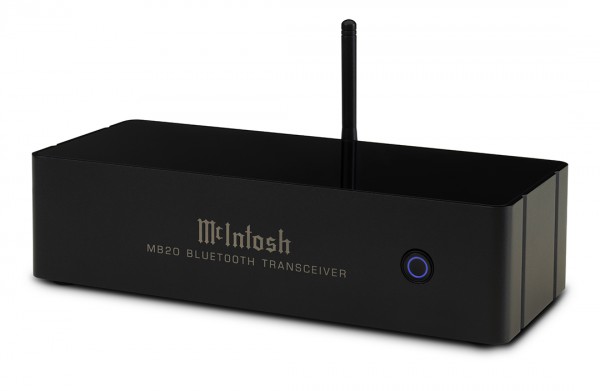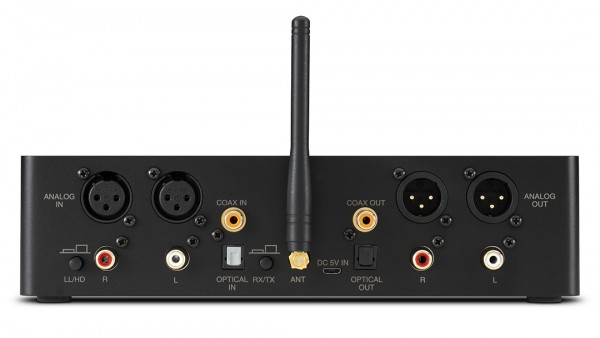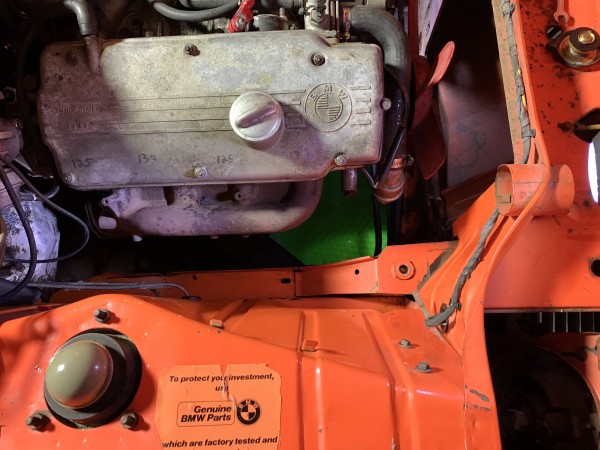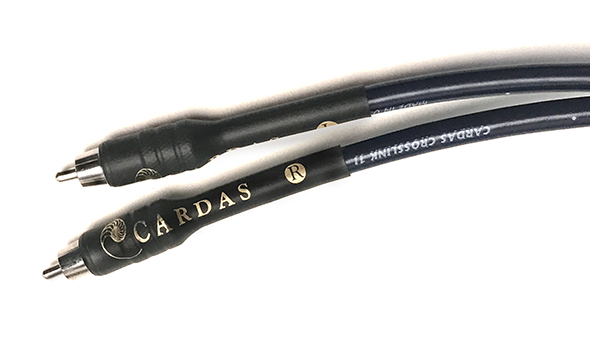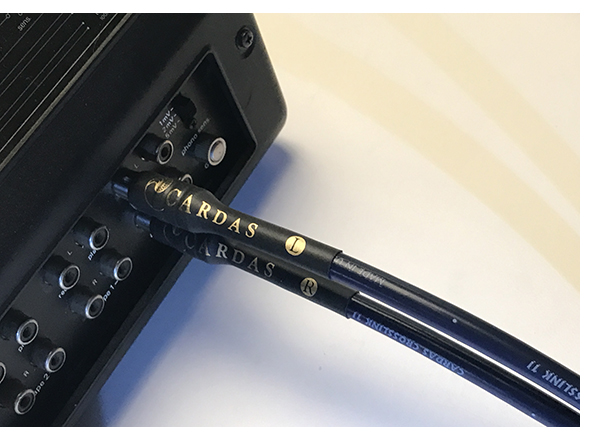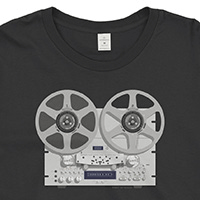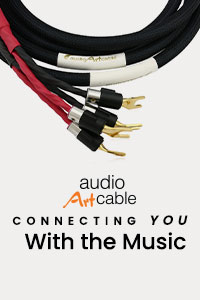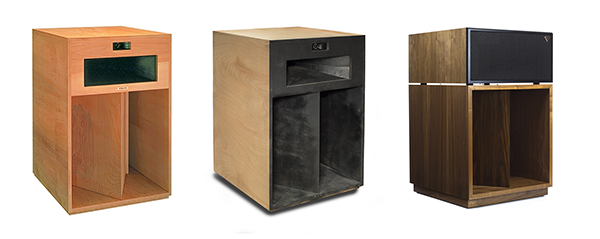 Steely Dan once said in a song, “you go back Jack, do it again…” Did you ever do something you knew was wrong, but you did it again anyway? You don’t have to fess up, but I’m guilty as charged, especially when it comes to vintage cars and vintage hi-fi.
Steely Dan once said in a song, “you go back Jack, do it again…” Did you ever do something you knew was wrong, but you did it again anyway? You don’t have to fess up, but I’m guilty as charged, especially when it comes to vintage cars and vintage hi-fi.
Just like with Alfa Romeos, I’ve had dreadful luck resisting vintage Klipsch speakers. But when I walked into see my pal Kurt Doslu at Echo Audio, and those unfinished mid-70s Klipsch LaScalas were staring me down, I knew I had to have them in a Wayne’s World kind of way.
Oh yes, they were mine. The next question was how to get the damn things back to the TONE studio. At 24 x 24 x 38 inches and weighing around 100 pounds each, I could not fit both of them in my i3 at once, so on this day, it would be two trips to Echo Audio to bring the booty home. Decoding the production codes reveals that they were made in January of my senior year in high school, just about the time I was getting thrown out of the local hi-fi store for wanting to crank Pink Floyd on a new pair of LaScalas. Ironic.
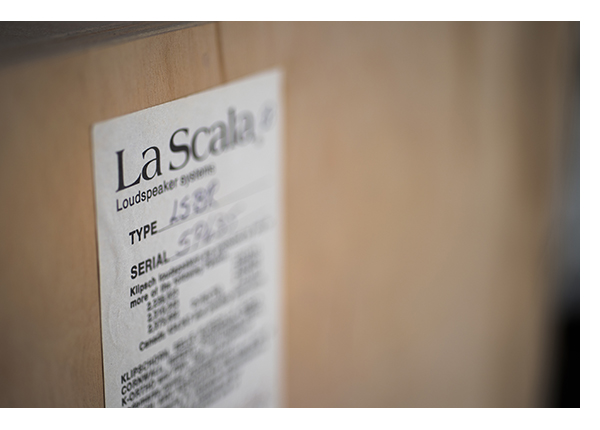 With a sensitivity rating of 105db/1 watt, you don’t need a lot of power to make the LaScalas rock, but you do need high-quality power. I suspect this is why Klipsch horns got a bad rap at the beginning of the hard core audiophile movement. Garbage in – garbage out was never more relevant than it is with these speakers. I’ve never heard a more amplifier sensitive speaker. But when you get it right, you’ll be jumping around your listening room like Snoopy in A Charlie Brown Christmas. In this case, the perfect match proves to be the 20-watt per channel Nagra 300i amplifier we’ve been using as a reference for a long time.
With a sensitivity rating of 105db/1 watt, you don’t need a lot of power to make the LaScalas rock, but you do need high-quality power. I suspect this is why Klipsch horns got a bad rap at the beginning of the hard core audiophile movement. Garbage in – garbage out was never more relevant than it is with these speakers. I’ve never heard a more amplifier sensitive speaker. But when you get it right, you’ll be jumping around your listening room like Snoopy in A Charlie Brown Christmas. In this case, the perfect match proves to be the 20-watt per channel Nagra 300i amplifier we’ve been using as a reference for a long time.
What’s in the box, doc?
Inside the massive plywood cabinet, lurks three drivers: a 15-inch woofer, a horn midrange, and a horn tweeter – the same ones used in the full sized Klipschorns. In 2006, the LaScala was updated to LaScala II status, swapping the ¾” birch ply, utilitarian cabinet for a 1” MDF veneered cabinet. The new ones are prettier, but they weigh almost twice as much. Klipsch claims the new model to offer better sound, but vintage hi-fi forums will argue this point forever.
The smaller folded horn design combined with the 15-inch woofer does not go as deep as the full sized Klipschorn, and though they are only spec’d at 50 – 17,000hz, these specs are somewhat deceiving. And this is a speaker that you can pick up a lot of room gain moving them closer to the wall.
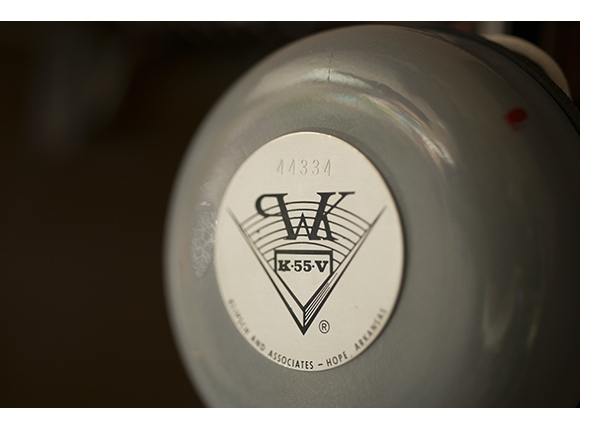 Around back lurks the crossover network, with oil filled capacitors and a few inductors. Again, this is another point of major contention, and as is the LaScalas in compared to a pair of current “audiophile” speakers can sound a bit veiled, but it’s not hateful. Weighing this against all the virtues they do offer and the effortless dynamics, it’s up to you whether to enjoy them as is, upgrade to current crossover components, or go for new crossovers entirely. Do you rebuild the LS7 in your Chevelle SS or do you buy a new, crate motor? Decisions like this make the hobby fun. We will probably update the crossovers somewhat and report back at a future date, so stay tuned.
Around back lurks the crossover network, with oil filled capacitors and a few inductors. Again, this is another point of major contention, and as is the LaScalas in compared to a pair of current “audiophile” speakers can sound a bit veiled, but it’s not hateful. Weighing this against all the virtues they do offer and the effortless dynamics, it’s up to you whether to enjoy them as is, upgrade to current crossover components, or go for new crossovers entirely. Do you rebuild the LS7 in your Chevelle SS or do you buy a new, crate motor? Decisions like this make the hobby fun. We will probably update the crossovers somewhat and report back at a future date, so stay tuned.
If you really wanna rock
Hitting peaks over 105 dB reveal the Nagra’s power output meter is hanging around .2 watts per channel, occasionally bouncing up to 2 watts per channel. That’s not a typo. These speakers will pin you to the wall with ten watts per channel if you can even stand it that loud. The LaScalas deliver mega dynamic swings, even at low volume. The Ella Fitzgerald classic, “Miss Otis Regrets” pulls you in at the soft beginning of the track, but just might have you reaching for the volume control near the end, as does Shelby Lynne’s “Just a Little Loving.” The LaScalas kind of sneak up on you.
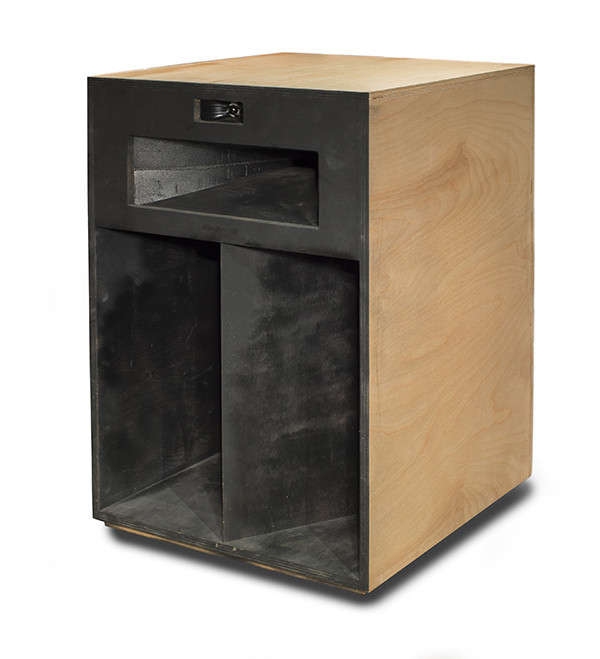 Trust me; you’ll never have nearly as much fun with a $200,000 pair of Wilson XLFs as you’ll have with a pair of $1,500 vintage LaScalas. Whether you’re an aging boomer trying to relive your youthful glory, a young newcomer to the audio world, or somewhere in between, a pair of these speakers are a must. I’d consider them a right of passage component. Or you could buy a new pair, they still make em. Who knows, maybe we can talk the friendly folks at Klipsch out of a new pair for a comparison?
Trust me; you’ll never have nearly as much fun with a $200,000 pair of Wilson XLFs as you’ll have with a pair of $1,500 vintage LaScalas. Whether you’re an aging boomer trying to relive your youthful glory, a young newcomer to the audio world, or somewhere in between, a pair of these speakers are a must. I’d consider them a right of passage component. Or you could buy a new pair, they still make em. Who knows, maybe we can talk the friendly folks at Klipsch out of a new pair for a comparison?
www.klipsch.com



